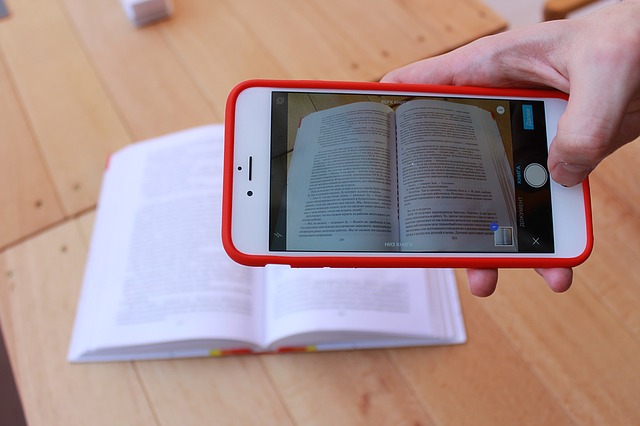introduction
Optical Character Recognition, or OCR, is a technology that enables you to convert different types of documents, such as scanned paper documents, PDF files or images captured by a digital camera into editable and searchable data.
Imagine you’ve got a paper document - for example, magazine article, brochure, or PDF contract your partner sent to you by email. Obviously, a scanner is not enough to make this information available for editing, say in Microsoft Word. All a scanner can do is create an image or a snapshot of the document that is nothing more than a collection of black and white or colour dots, known as a raster image. In order to extract and repurpose data from scanned documents, camera images or image-only PDFs, you need an OCR software that would single out letters on the image, put them into words and then - words into sentences, thus enabling you to access and edit the content of the original document.

What Technology Lies Behind OCR
The exact mechanisms that allow humans to recognize objects are yet to be understood, but the three basic principles are already well known by scientists – integrity, purposefulness and adaptability (IPA). These principles constitute the core of ABBYY FineReader OCR allowing it to replicate natural or human-like recognition.
Let’s take a look on how FineReader OCR recognizes text. First, the program analyzes the structure of document image. It divides the page into elements such as blocks of texts, tables, images, etc. The lines are divided into words and then - into characters. Once the characters have been singled out, the program compares them with a set of pattern images. It advances numerous hypotheses about what this character is. Basing on these hypotheses the program analyzes different variants of breaking of lines into words and words into characters. After processing huge number of such probabilistic hypotheses, the program finally takes the decision, presenting you the recognized text.
In addition, ABBYY FineReader provides dictionary support for 48 languages. This enables secondary analysis of the text elements on word level. With dictionary support, the program ensures even more accurate analysis and recognition of documents and simplifies further verification of recognition results.
Recognition of Digital Camera Images
Images captured by a digital camera differ from scanned documents or image-only PDFs. They often have defects such as distortion at the edges and dimmed light, making it difficult for most OCR applications, to correctly recognize the text. The latest version of ABBYY Fine Reader supports adaptive recognition technology specifically designed for processing camera images. It offers a range of features to improve the quality of such images, providing you with the ability to fully use the capabilities of your digital devices.